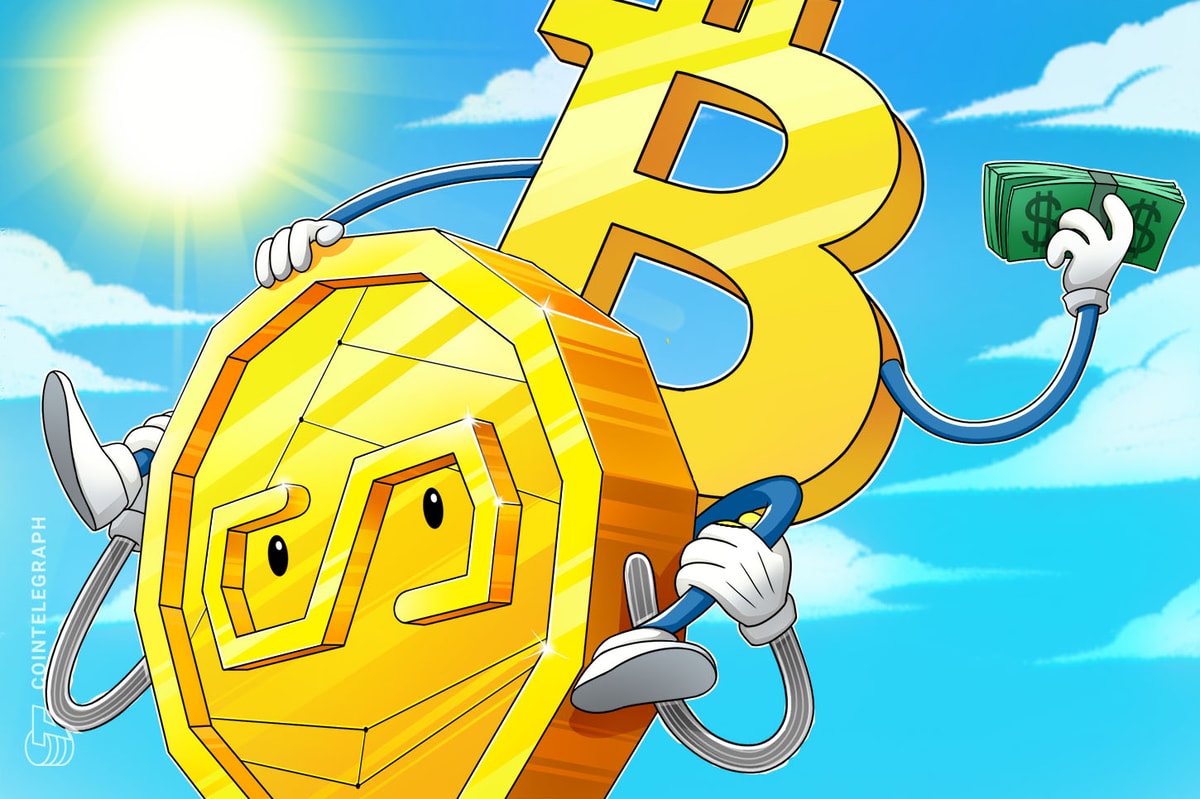
TL;DR
-
PayPal released a US dollar pegged stablecoin known as PYUSD this year on the Ethereum blockchain.
-
People are up in arms about the greater influence it will have on the crypto and finance industry. Both ‘good’ and ‘bad.’
-
Debates are hard to settle. So we’ll defer to the little girl from the Old El Paso ad and say “why don’t we have both?” Centralized stablecoins (and monetary systems as a whole) are fine by us, as long as there are plenty of healthy decentralized options to choose from.
Full Story
Okay okay okay. Let’s play pretend.
We’re in debate class.
The question is:
Jk, jk. This is a crypto publication.
So it’s a debate about stablecoins, specifically:
“Pro-PayPal stablecoin” vs. “Anti-PayPal stablecoin”.
We reviewed the materials last class (we actually wrote about this in August).
And now you get to take sides.
Here is a refresher:
PayPal released a US dollar pegged stablecoin known as PYUSD this year on the Ethereum blockchain.
People are up in arms about the greater influence it will have on the crypto and finance industry. Both ‘good’ and ‘bad.’
So here’s the breakdown:
Up first: Pro-PayPal Stablecoin
-
Seeing a globally recognized/utilized brand like PayPal embrace blockchain tech helps to legitimize both stablecoins and the broader crypto space.
-
PayPal is potentially exposing tons of new people to Web3/crypto. There are millions of people connected to PayPal…merchants, suppliers, customers, parent companies.
-
If PYUSD was accessible across multiple blockchains…whoa. It could make for a much easier crypto onboarding process!
-
A stablecoin hosted on PayPal could help a whole slew of people, that don’t have access to traditional banking, become banked (yay!)
Pretty cool.
Okay, now for: Anti-PayPal Stablecoin
-
The whole point of Web3 is decentralization. PYUSD could open up TONS of doors for Web3, but ultimately it would mean there is a large, centralized tech company holding a bunch of power and money. And that’s exactly what we’re trying to get away from.
Debates are hard to settle. So we’ll defer to the little girl from the Old El Paso ad and say “why don’t we have both?”
Centralized stablecoins (and monetary systems as a whole) are fine by us, as long as there are plenty of healthy decentralized options to choose from.
Read More: www.web3daily.co

.gif?format=1500w)







 Bitcoin
Bitcoin  Ethereum
Ethereum  Tether
Tether  XRP
XRP  Solana
Solana  USDC
USDC  Dogecoin
Dogecoin  TRON
TRON  Cardano
Cardano  Lido Staked Ether
Lido Staked Ether  Wrapped Bitcoin
Wrapped Bitcoin  Hyperliquid
Hyperliquid  Sui
Sui  Wrapped stETH
Wrapped stETH  Chainlink
Chainlink  LEO Token
LEO Token  Stellar
Stellar  Avalanche
Avalanche  Bitcoin Cash
Bitcoin Cash  Toncoin
Toncoin  Shiba Inu
Shiba Inu  USDS
USDS  Hedera
Hedera  WETH
WETH  Litecoin
Litecoin  Wrapped eETH
Wrapped eETH  Binance Bridged USDT (BNB Smart Chain)
Binance Bridged USDT (BNB Smart Chain)  Monero
Monero  Polkadot
Polkadot  Ethena USDe
Ethena USDe  Bitget Token
Bitget Token  Pepe
Pepe  Coinbase Wrapped BTC
Coinbase Wrapped BTC  Pi Network
Pi Network  WhiteBIT Coin
WhiteBIT Coin  Aave
Aave  Uniswap
Uniswap  Dai
Dai  Ethena Staked USDe
Ethena Staked USDe  Bittensor
Bittensor  OKB
OKB  Aptos
Aptos  BlackRock USD Institutional Digital Liquidity Fund
BlackRock USD Institutional Digital Liquidity Fund  Cronos
Cronos  NEAR Protocol
NEAR Protocol  Jito Staked SOL
Jito Staked SOL  Internet Computer
Internet Computer  sUSDS
sUSDS  Ethereum Classic
Ethereum Classic